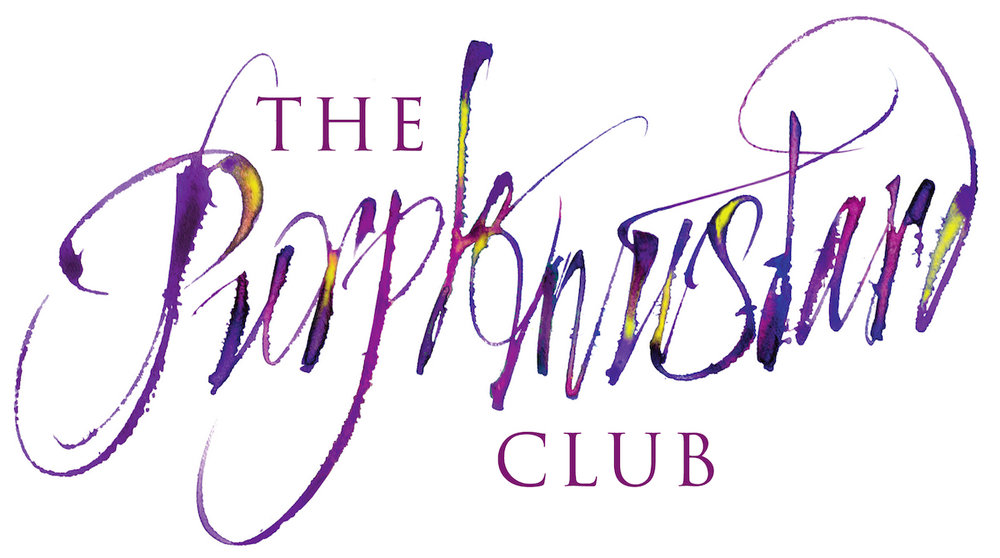ROMAN BURGUNDY
Everywhere they went, the brought organisation, new and effective means of transport, and to Burgundy, wine and mustard. If you are interested in Burgundy’s Roman antecedents, then there are three ‘must visits’. The Archeological Museum in Dijon, next to the Cathedral St Benigne, charts the Roman presence in Burgundy, with a fine display of Roman Artefacts. A visit to Alesia at Alise-Sainte-Reine the site of the battle where Caesar laid siege to and conquered the Gauls led by their mighty warrior Vercingetorix - or is it? Archeologist Andre Berthier says not https://www.bbc.co.uk/news/world-europe-19167600 and finally to a Roman presence about which there can be no dispute, Autun, the centre of the Roman presence in Burgundy, where the wonderfully preserved Roman amphitheatre was large enough to seat 20,000 citizens.
MEDIEVAL BURGUNDY
From the end of the Roman Empire, for over 1,000 years, Burgundy’s history was inextricably emeshed with the emergence and spread of the Christian religion in the western world. The Benedictine monks were the first to arrive, and from the 9c they started developing a series of Abbeys at Cluny, which by the time they got to Cluny Mark iii, was the largest religious edifice in Europe until the construction of the Basilica to St Peter in Rome in the 17c. The beauty of the buildings was reconstructed by the Americain architect Arthur J Conan in the early 20c, their destruction one of the greatest acts of Revolutionary vandalism and sacrilege. In 1098, a group of monks split off from the Benedictine Order and founded the Cistercian Order at Citeaux, 13 km to the east of Nuits St Georges. The Cistercians are the fathers of modern wine making in Burgundy, wonderful farmers who completely understood the land and all it has to offer. And no description of Medieval Burgundy would be complete, without mention of the magnificent Hospices de Beaune, charitable hospital for the poor, built by Nicolas Rolin and his wife, Guigone de Salins, which opened its doors in Beaune in 1453, and dispensed hospital care to the people of Beaune until the 1970”s when the building was turned into a museum, and the hospital moved to more modern accommodation
18 CENTURY BURGUNDY
Out with the old and in with the new! All change in revolutionary France. Neither the Church, nor the Aristocracy, which between them owned most of the vineyards and wine production in Burgundy, were paying their fair share of taxes. The people were hungry. The Revolutionary Committees seized ownership of the vines, and sold them off for knock down prices to those who happened to be in the right place at the right time. The Prince of Conti, owner of the Romanee-Conti vineyards, initially fled France to save his neck. However, hoping that his good work in paying the debts amassed by his selfish and profligate father would save him, he returned to the France he loved. Only to be locked up, his head chopped, and his assets seized. France was in the grip of the Terror, which changed to nature of ownership of the vineyards in Burgundy for ever. Plots were divided, and when Napoleon changed the laws for family inheritance, the plots were further subdivided between the children of the family, so that the proud Clos de Vougeot, once in the sole ownership of the Cistercian Order, now has so many owners nobody is quite sure how many - somewhere between 80 and 100 at the last count!
NAPOLEON’S BURGUNDY
It is easy to drive through the village of Fixin, just to the north of Gevrey Chambertin, and not appreciate what lies just above it. In about 1840, one of Napoleon’s trusted lietenants, one Noisot, created a park in his memory, now known as Parc Noisot. Trees were shipped over from Corsica, a small house the replica of the one he live in on Elba was constructed, and a path up the Cote made of 100 stone steps, one for each day of the Restoration when he came back to power. A group of Napoleon’s most trusted followers and soldiers came from Burgundy, they were called Grognards, and the cafe which they created, is now a small restaurant on the Route Nationale, heading north, just before Cora. It is called La Table du Rocher-, and has frescoes of Napoleon’s campaigns, and the entrance to the room at the back is framed in stone the shape of Corsica. An article chronicling the history of Burgundy and Napoleon can be found at
BURGUNDY TODAY
Today Burgundy is a mix of all of the above, but what makes it special? For me, the image captures the spirit of the place. The building is called the Cellier des Dimes, and it is where the Church stored the 10% of the crop to which it was entitled by way of a tax, known as a ‘Dime’. The property is now owned by the Dugat family, Claude Dugat a well known wine maker in Gevrey has now retired, and the reigns taken up by his son. It is to be hoped that the standards do not slip! The horse is ploughing the vineyard, as they have since time immemorial. Old methods, dropped for more economic solutions, are making a come back, as winemakers realise that there was a reason for doing things in a certain way. The horse does not compact the soil in the way that a tractor does, and they are so much more attractive!





